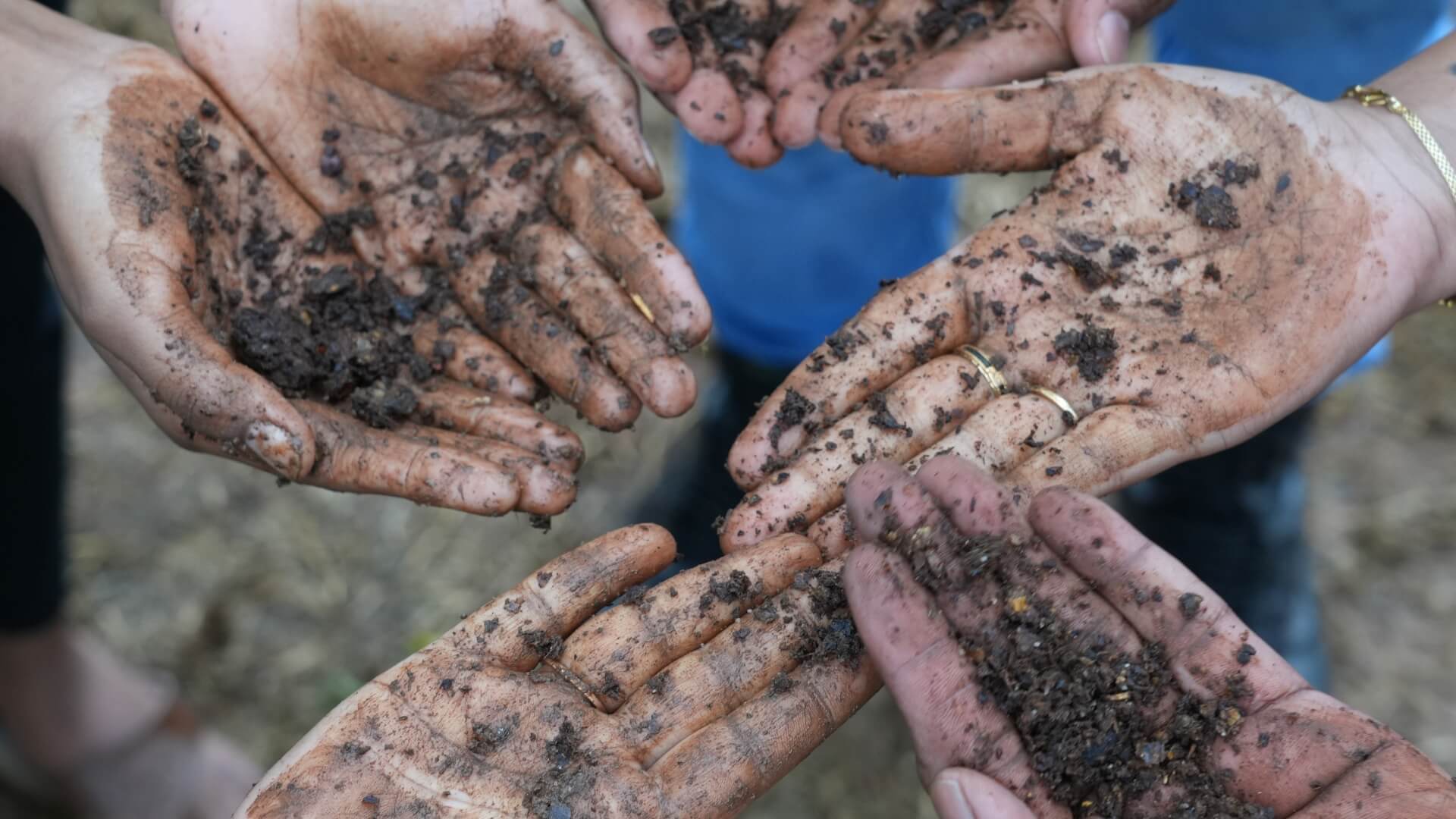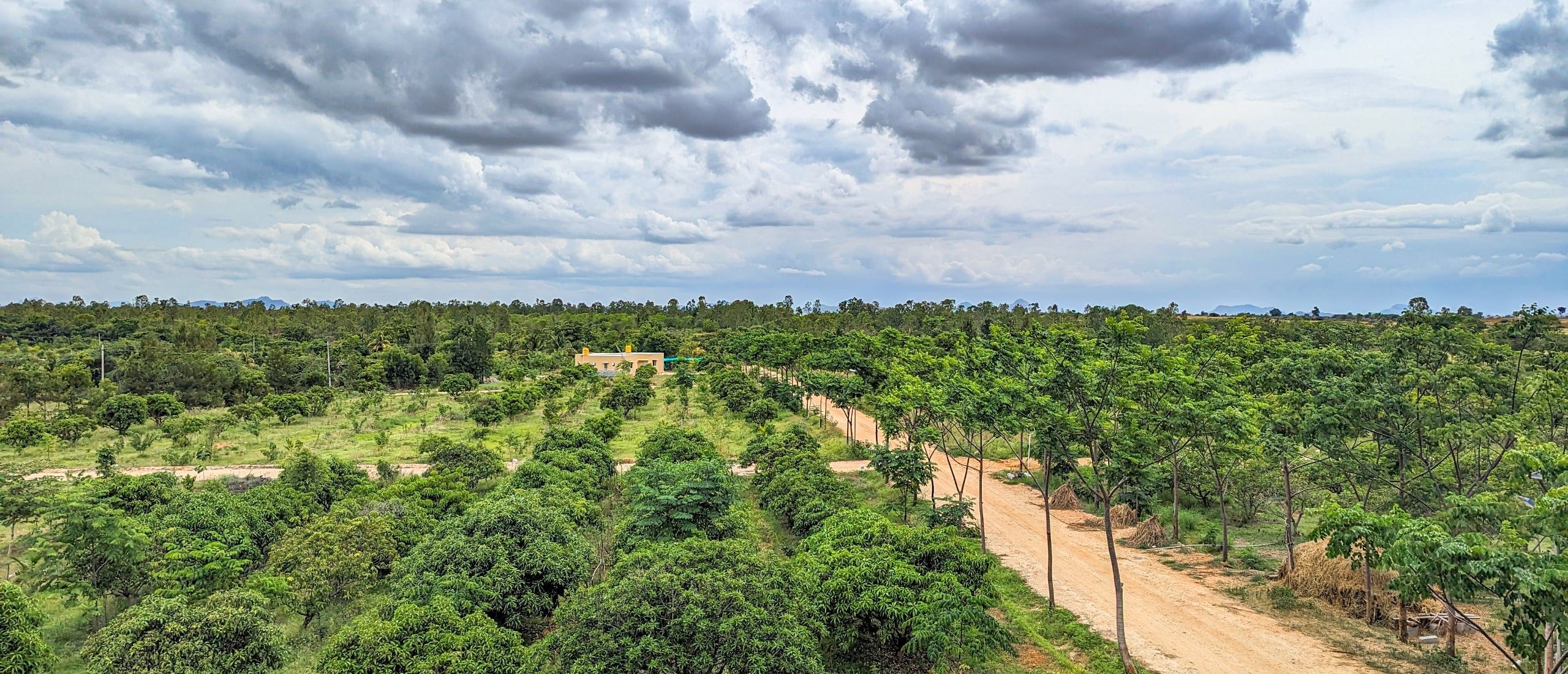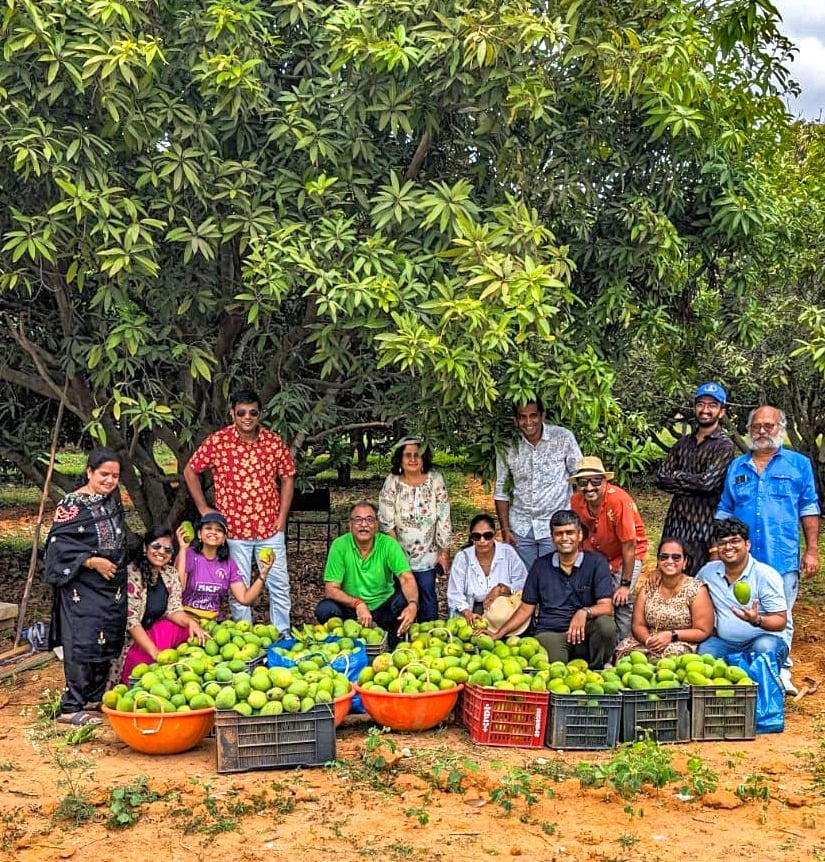May 30, 2019
Introduction:
In recent years, there has been a growing concern about the environmental impact of traditional farming practices. As a result, many farmers with agricultural land in Hosur are now embracing eco-friendly farming techniques to promote sustainable agriculture.
Sambrahma Farms is a Hosachiguru Managed Farmland near Hosur where we follow eco-friendly farming practices using permaculture principles and regenerative farming practices to increase soil fertility and reduce soil erosion. These methods when followed not only reduce the negative impact on the environment but also offer long-term benefits for both farmers and the community. Some of the effective eco-friendly farming techniques that can be implemented on agricultural land in Hosur are as follows:
Organic/Natural Farming:
Organic/Natural farming is a holistic approach that focuses on maintaining soil health, and biodiversity, and minimizing the use of synthetic fertilizers and pesticides. By utilizing such farming techniques on the agricultural land in Hosur, farmers can promote and support the growth of healthy crops while reducing the harmful effects of chemicals on the environment. Organic farming also enhances soil fertility, leading to sustainable and long-term agricultural practices. At Sambrahma farms, Hosachiguru-managed farmlands follow sustainable practices and use preventive methods to handle pests and increase productivity.
Crop Rotation:
Crop rotation is an effective technique that involves alternating the crops grown on a particular piece of land over several seasons. This practice helps in reducing pests and diseases, improves soil fertility, and prevents soil erosion. By implementing crop rotation on agricultural land in Hosur, farmers can maintain a healthy balance in the ecosystem while minimizing the need for chemical interventions.
Agroforestry:
Agroforestry is a farming system that integrates trees, crops, and livestock in a mutually beneficial manner. By planting trees on agricultural land, farmers in Hosur can enjoy multiple advantages. Trees provide shade, which helps in reducing water evaporation and maintaining soil moisture levels. They also act as windbreaks, preventing soil erosion. Additionally, agroforestry on agricultural lands in Hosur can surely promote biodiversity and create habitats for beneficial insects and birds. We at Sambrahma Farm by Hosachiguru are creating and building food forests and agroforests to emulate the forest ecosystem which can host a wide variety of flora and fauna.
Water Conservation:
Water scarcity is a significant concern in many agricultural regions, including Hosur. By adopting water conservation techniques such as creating bunds, swales, trenches, etc, farmers can minimize water wastage and ensure efficient use of this precious resource and in turn contribute towards increasing the groundwater table. Drip irrigation, mulching, and rainwater harvesting can significantly reduce water consumption while maintaining crop productivity. Additionally, monitoring soil moisture levels and employing efficient irrigation scheduling can further optimize water usage. Hosachiguru is very particular about using the renewable resources in a very efficient manner. Hence all land and water management practices are on reusing and recharging the groundwater.
Integrated Pest Management (IPM):
Integrated Pest Management is a sustainable approach that focuses on minimizing pests’ impact while reducing the use of chemical pesticides. By implementing IPM techniques on various agricultural land in and around Hosur, farmers can employ a combination of natural pest control methods, such as biological control agents, crop rotation, and trap cropping. This not only reduces dependence on synthetic pesticides but also preserves the natural balance of the ecosystem. At Hosachiguru, we employ and execute preventive pest management practices in place by using ingredients that are available at the farm and the gaushala. They are all-natural concoctions that are not harmful to the environment.
Composting and Vermiculture:
Proper waste management is crucial in eco-friendly farming practices. Composting and vermicomposting are effective methods to convert organic waste into nutrient-rich compost. By utilizing compost as a natural fertilizer, farmers in Hosur can enhance soil fertility, improve plant health, and reduce the dependence on synthetic fertilizers.
Conclusion:
As agriculture plays a vital role in the economic upliftment of families in Hosur and its nearby areas, it is crucial to embrace eco-friendly farming techniques to ensure sustainable and responsible agricultural practices. By implementing organic/natural farming, crop rotation, agroforestry, water conservation, integrated pest management, and composting, farmers can reduce their ecological footprint while maintaining productivity and profitability. These eco-friendly techniques not only benefit the environment but also contribute to the health and well-being of the community as a whole. Let’s work together to build a sustainable future for farmers and their agricultural lands in Hosur.








































































































































































